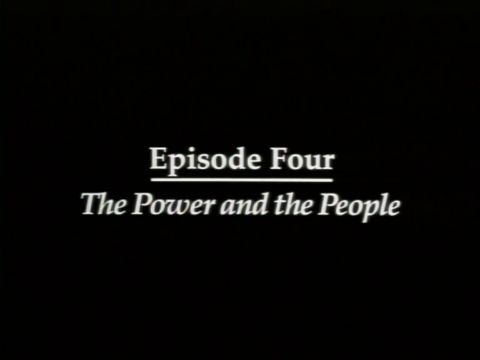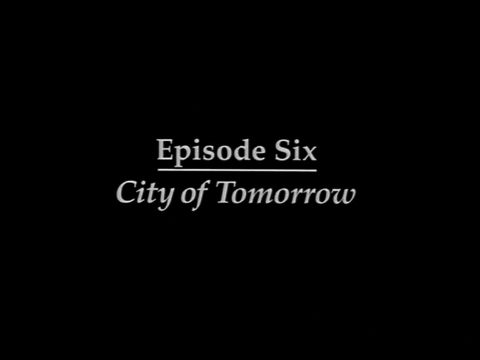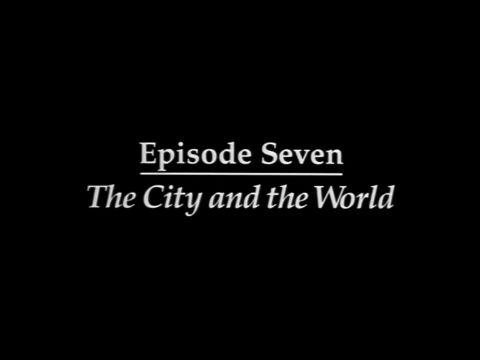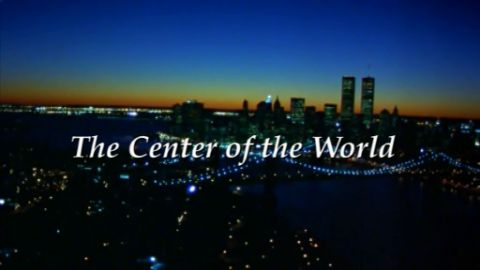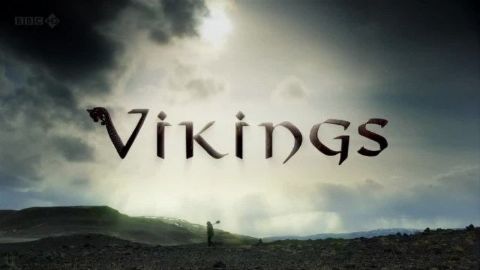Cosmopolis (1918-1931) • 1999 • episode "S1E5" • New York: A Documentary Film
During the fifth episode of NEW YORK: A DOCUMENTARY FILM, the post-war economic boom, the rise of consumer culture, and the birth of new mass-media industries fuel the convergence of an incredible array of human and cultural energies, ending with the Crash of 1929 and the construction of the Empire State Building. In this short but dazzling period, New York became the focal point of an extraordinary array of human and cultural energies, reaching its highest levels of urban excitement and glamour. In just over a decade, New York gave birth to its signature skyscrapers, the Chrysler and Empire State Buildings, and to artistic creations like F. Scott Fitzgerald's THE GREAT GATSBY, George Gershwin's "Rhapsody in Blue," and to the jazz compositions of Duke Ellington and Louis Armstrong. Along the way, Harlem emerged as the undisputed capital of the African- American experience and the new media industries of advertising, radio networks, public relations, and magazines found their homes in midtown Manhattan.
Make a donation
Buy a brother a hot coffee? Or a cold beer?
Hope you're finding these documentaries fascinating and eye-opening. It's just me, working hard behind the scenes to bring you this enriching content.
Running and maintaining a website like this takes time and resources. That's why I'm reaching out to you. If you appreciate what I do and would like to support my efforts, would you consider "buying me a coffee"?
Donation addresses
BTC: bc1q8ldskxh4x9qnddhcrgcun8rtvddeldm2a07r2v
ETH: 0x5CCAAA1afc5c5D814129d99277dDb5A979672116
With your donation through , you can show your appreciation and help me keep this project going. Every contribution, no matter how small, makes a significant impact. It goes directly towards covering server costs.


